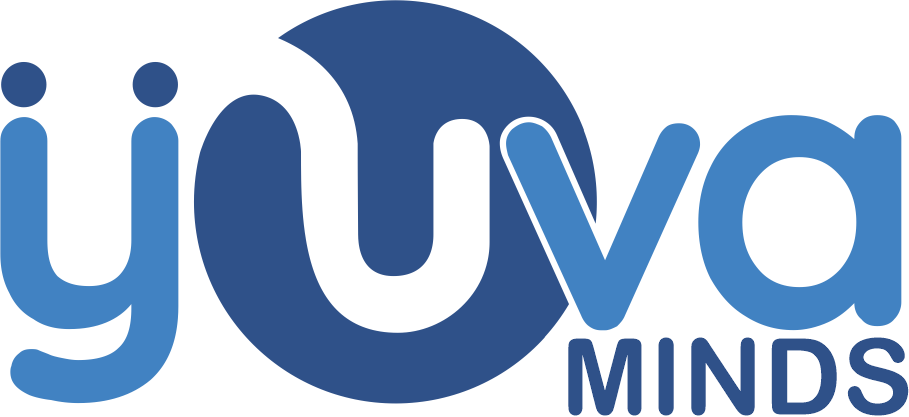About Course
Section A:
-
– What is Money Laundering
-
– Stages of Money Laundering
-
– Common Money Laundering Techniques (with examples)
-
Structuring
-
Cash – Intensive Business
-
Investment in Commodities
-
Trade Based money laundering, Art market and Cuckoo smurfing
-
Shell Companies
-
Real Estate and Trusts
-
Casinos and online gaming currencies
-
Transaction Laundering
-
Cyber- Laundering
-
Black Market Peso and Correspondent Banking
-
Cryptocurrency
-
Football clubs and International Gold trade
-
-
– Impact on Banks and Financial Institutions
-
– International Cooperation
-
– Basel Committee
-
– Financial Intelligence Unit
-
– The Financial Action Task Force
-
– Money Laundering Reporting Officer and their role
- – Software for AML Screening
Section B:
-
– What is KYC
-
– Why is KYC important to Banks
-
– What are the benefits of KYC
-
– What is end to end KYC process: Client Life Cycle
-
– KYC procedures
-
Customer Identification Program
-
Customer Due Diligence (CDD)
-
Enhanced Due Diligence (EDD)
-
Ongoing Monitoring
-
-
– Types of Review
-
Client Onboarding
-
Regular Review
-
Remediation
-
Event Driven Review
-
New Product Extension
-
Offboarding
-
-
– Risk Classification
-
Country risk
-
Industry risk
-
Product risk
-
Entity risk
-
-
– KYC & AML/Bank Secrecy Act: Key points
-
– KYC: Way forward
Student Ratings & Reviews

